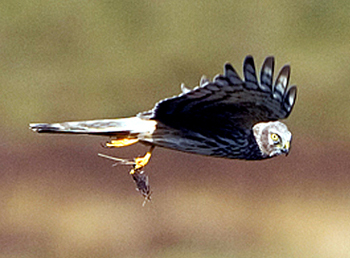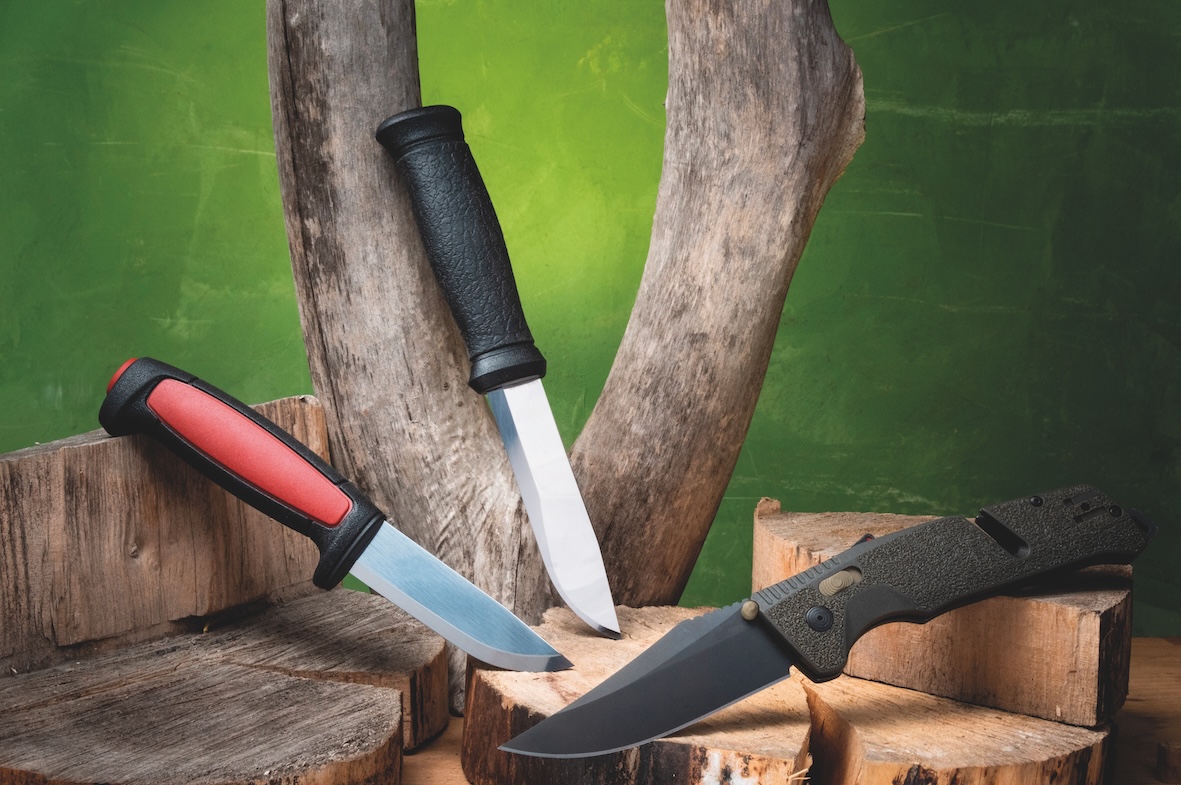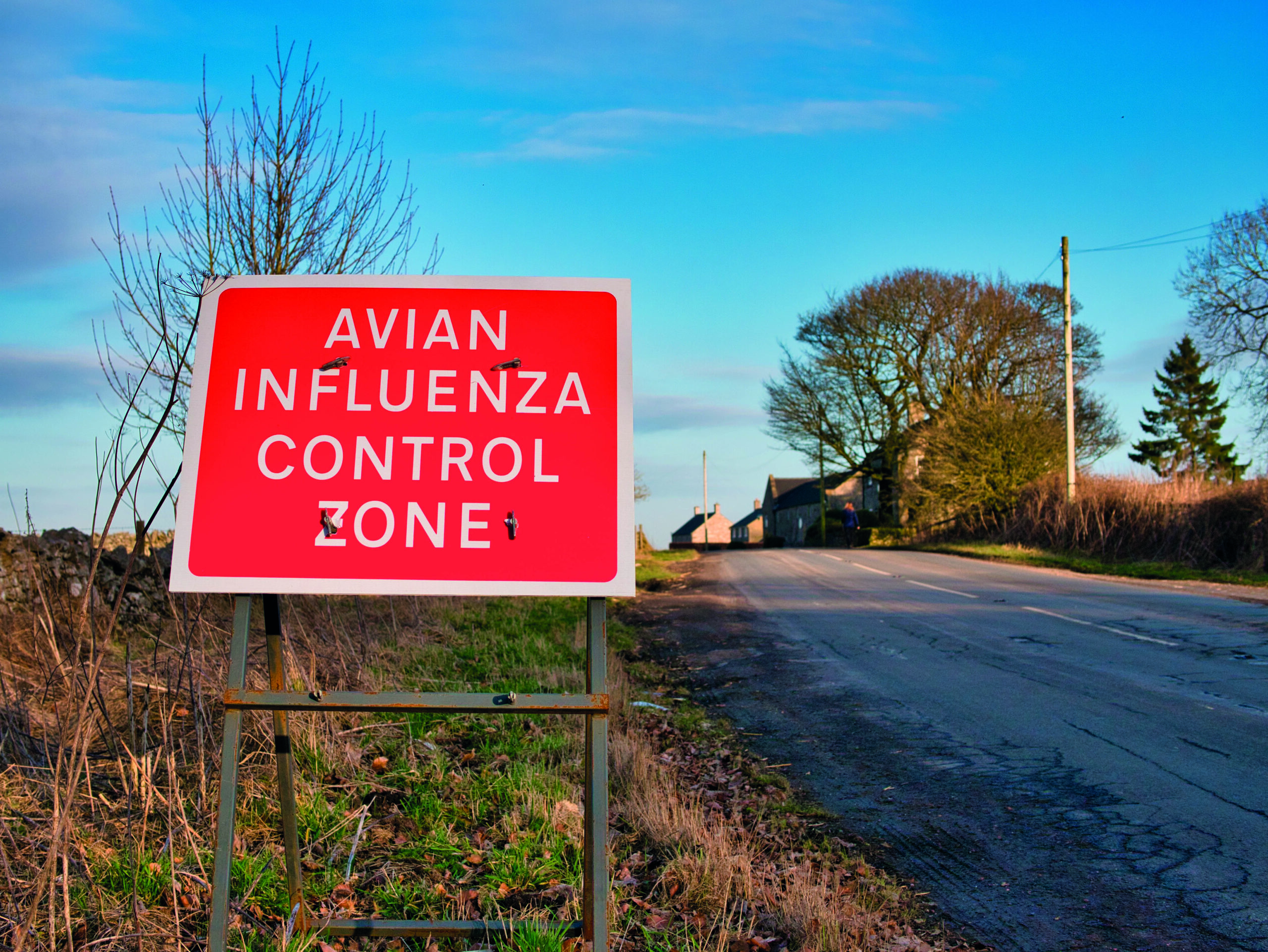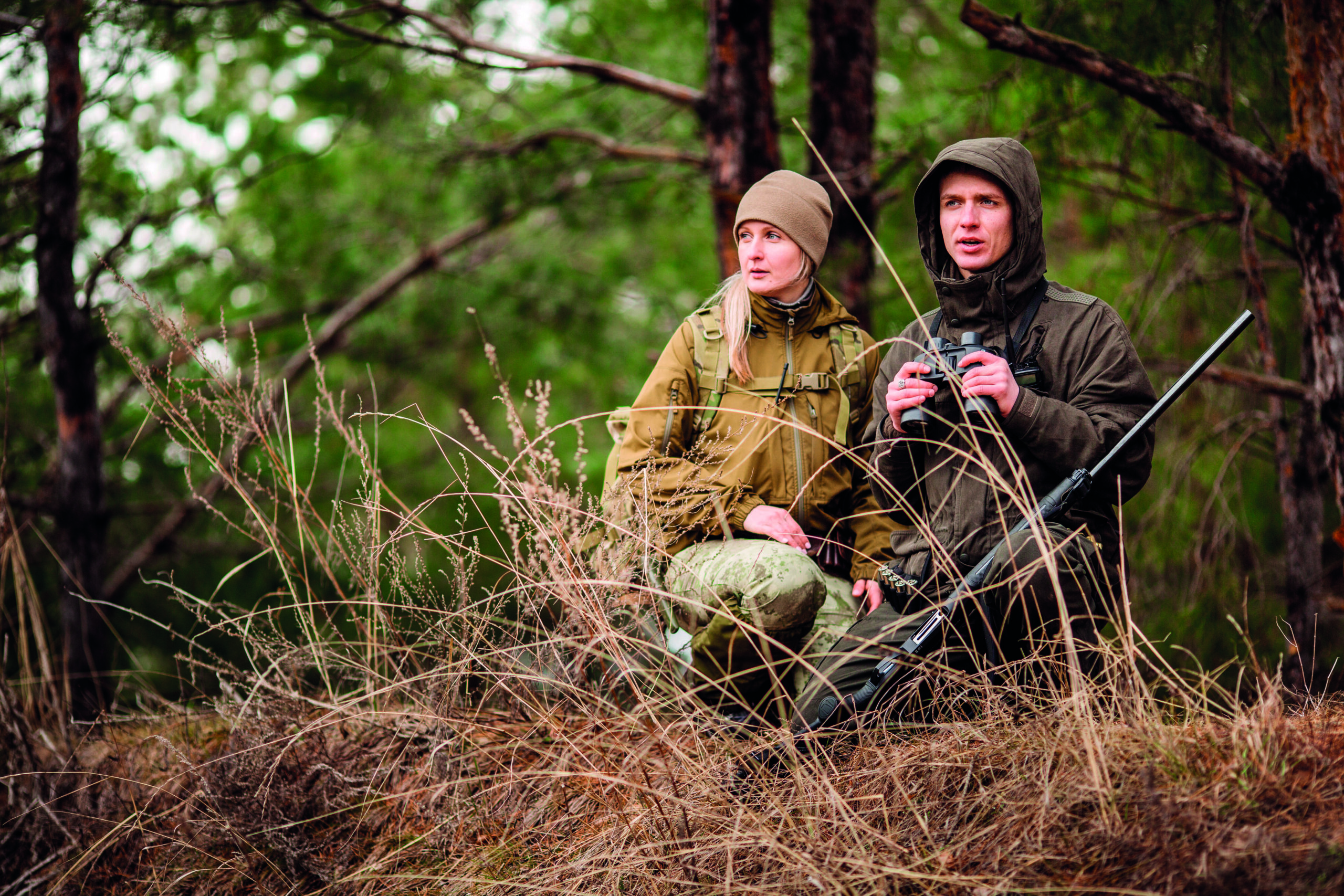Birds of prey poisoning map released by Scottish Government

The new map highlights ?hot spots? where confirmed poisoning of birds of prey has occurred over the past five years.
The information also highlights a significant reduction in confirmed poisonings.
Led by the Partnership for Action against Wildlife Crime Scotland, RSPB Scotland and the Scottish Rural Property and Business Association (SRPBA), the new map was compiled using data held by the Scottish Agricultural Science Agency.
The Scottish Government sees the map as ?a significant step forward as the level of crime committed against birds of prey has often been a source of contention between conservationists and land managers.?
Michael Russell, Scottish minister for environment said: ?Though I am pleased to see there has been an overall improvement in poisoning incidents, the map clearly shows it remains a problem in parts of Scotland. Our wildlife is precious and deserving of our protection. Simply put, a crime against Scotland?s natural heritage is a crime against Scotland.?
The map, which only shows wildlife crime involving birds of prey, shows confirmed incidents of poisonings of seven species of raptor including red kites, buzzards and goshawks.
Importantly, the map refers only to confirmed cases, not all reported incidences of suspected poisoning.
SRPBA?s Douglas McAdam said the report marks a turning point, and that shooting and conservation groups are all focused on finding resolution to this complex problem: ?With the publication of this report, we move to a position where we are looking at official government verified facts rather than unofficial reports. Often incidents that might not be illegal are captured in the reported persecution statistics. We are committed to eradicating this problem, but it must be recognised that there has already been a dramatic drop in the number of confirmed cases in the past 12-month period, following a significant reduction the previous year.?
Scottish shooting organisations have welcomed the map.
Scottish Gamekeepers? Association chairman, Alex Hogg, said: ?In recent years there has been insinuation, finger pointing and unconfirmed statistics, but now we have scientific evidence of a problem which we all need to work together towards resolving. We note the reduction in the number of confirmed bird of prey poisonings and welcome that as a step in the right direction.?
Duncan Orr-Ewing, head of species and land management for RSPB Scotland, said there was no place for illegal poisoning in Scotland: ?We will work hard with responsible land managers, the police and the Scottish Government to resolve this problem, which blights the otherwise good reputation of people working across the countryside.?








